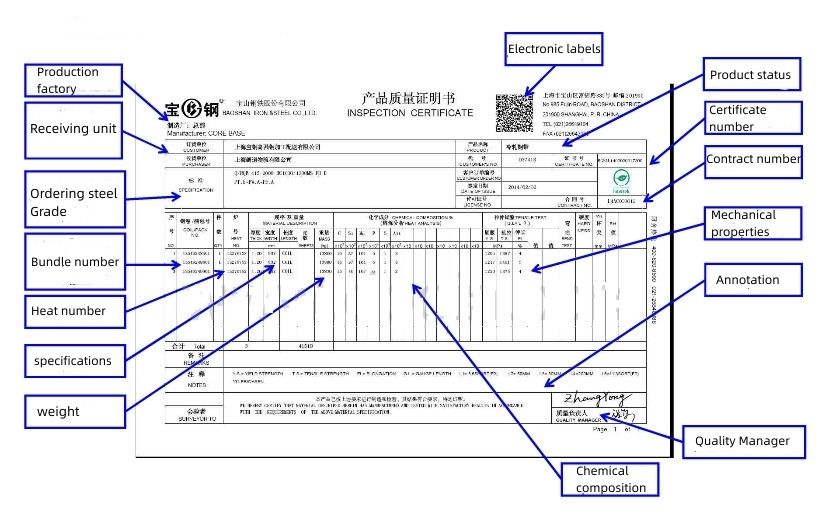Welcome to Qingdao Dashang Metal Co.,Ltd!
7. Micro alloying elements Nb, Ti, V
Nb, Ti, and V in stainless steel mainly form fine and dispersed carbides to refine the grains. At the same time, carbides will strongly hinder dislocation slip when stainless steel undergoes deformation, thereby greatly improving the yield strength of stainless steel materials.
8. Improve the hardenability of elements Cr and Mo
Cr is a medium carbide-forming element, and among all various carbonization species, chromium carbide is the smallest. It can be uniformly distributed in the volume of stainless steel, thus possessing high strength, hardness, yield point, and wear resistance. Due to its ability to refine and evenly distribute the organization, plasticity and toughness are also good.
The addition of Mo element can refine the grain and improve the tempering stability of Martensite. Combining with Cr and Ni, it can greatly improve the hardenability and toughness.
9. Molybdenum and copper
Molybdenum and copper can improve the corrosion resistance of certain stainless steels. Adding molybdenum to stainless steel can enhance its passivation effect, thereby improving its corrosion resistance.
10. The most important Ni element
Nickel is an excellent corrosion-resistant material, but due to its high price and other limitations, pure nickel is rarely used in industry and is often added as an important alloying element to iron carbon alloys to play a role. Nickel is an element that forms stable austenite, but in order to obtain pure austenite structure in low-carbon nickel steel, the nickel content must reach 24% or more, and reaching 27% nickel content can improve the corrosion resistance of the steel in certain media.
However, when nickel and chromium coexist in steel, the role of nickel can undergo significant changes. For example, in ferritic stainless steel containing 17% chromium, after adding about 2% nickel, it becomes Martensitic stainless steel. The strength of ferritic stainless steel is low, and the tensile strength is less than 400N/mm2. It cannot be strengthened by heat treatment. After being transformed into Martensitic stainless steel, phase transformation will occur during heating and cooling, which can be adjusted by heat treatment. For example, 1Cr17Ni2 steel can be heated at 980~1020 ℃, oil quenched, and tempered at different temperatures. Its tensile strength can be adjusted between 600~1100 N/mm2 to meet the use requirements. For another example, when the nickel content continues to increase to about 8%, single-phase austenitic structure can be obtained generally, that is, 18-8 austenitic stainless steel, which is widely used, has better corrosion resistance than Martensitic stainless steel with the same content of ferritic stainless steel, and has better processing performance, welding performance, plasticity and impact toughness at low temperature.
From this, it can be seen that the application of nickel in stainless steel mainly relies on the coordination with chromium to better play its role, change the structure of stainless steel, and greatly improve the mechanical properties, processing properties, and corrosion resistance of stainless steel in certain corrosive media.
